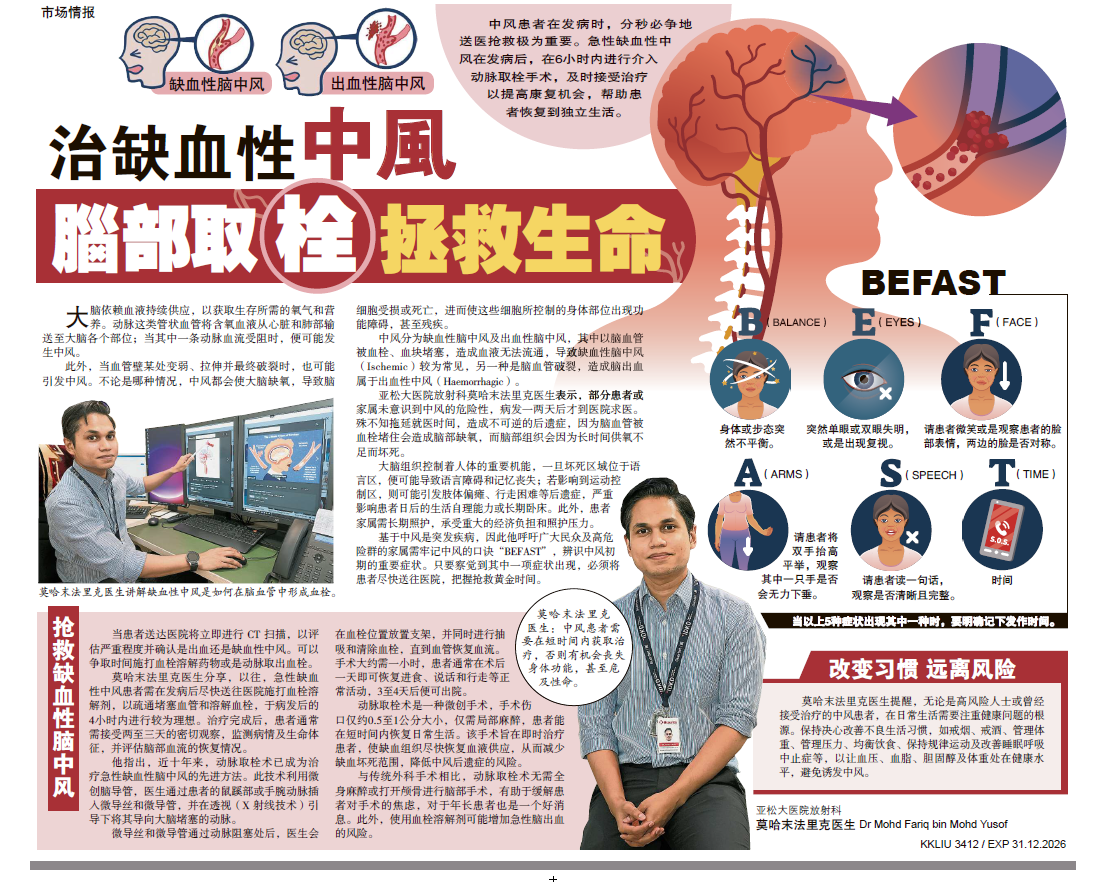The term LASER is an acronym for Light Amplification by Stimulated Emission of Radiation.
Laser Characteristics
The special feature of lasers that make them effective is coherence. Coherence is both spatial and temporal.
Spatial coherence allows precise focusing of the laser beam, while temporal coherence allows selection of monochromatic wavelengths within a single laser. Spatial coherence enables extremely small burn to be made to pathologic tissue with minimal disturbance to the surrounding normal tissue. Temporal coherence allows treatment of specific tissue site by selecting laser wavelengths that are preferentially absorbed by that tissue site.
Laser-tissue interactions occur in several ways depending on the wavelength, pulse duration and power used. They are mainly:
- Photothermal effects
- Photochemical effects
- Photoionisation effects
Photothermal effects : Photocoagulation and Photovaporisation
In photocoagulation, light is absorbed by the target tissue resulting in denaturisation of proteins. Lasers are Argon, Krypton, Diode (810nm) and Frequency doubled ND-YAG laser.
Photovaporisation occurs when higher energy laser light is absorbed by the target tissue resulting in the vaporisation of both intracellular and extracellular water. Adjacent blood vessels are also treated resulting in a bloodless surgical field (Carbon dioxide laser).
Photochemical effects: Photoablation and Photoradiation
In photoradiation, an intravenous administration of photosensitising agent is taken up by the target tissue causing sensitisation of the target tissue. Exposure of the target tissue to red laser light induces formation of cytotoxic free radicals.
High energy laser wavelengths in the far ultraviolet (<350nm) region of the light spectrum are used to break long chain tissue polymers into smaller volatile fragments (Photoablation).
Photo dynamic therapy (PDT) is an example of photoradiation and Excimer laser is a photoablative process.
Photoionising: Photodisruption.
In photoionisation, high energy light is deposited over a short interval to target tissue, stripping electrons from the molecules of that tissue which then rapidly expand, causing an acoustic shock wave that disrupts the treated tissue. The ND-YAG laser uses this mechanism.
Types of Laser Used in treating Eye Diseases
Argon blue – green laser [70% blue (488nm) + 30% green (514nm)]
It is absorbed selectively at the retinal pigment epithelium (RPE) layer, haemoglobin, pigments, choriocapillaris, and the inner and outer nuclear layer of the retina.
It coagulates from choriocapillaris till the inner nuclear layer.
The main adverse effects are high intraocular scattering and inner nuclear damage in macular photocoagulation.
Frequency Doubled ND- YAG Laser (532nm)
It is highly absorbed by haemoglobin, melanin in RPE and the trabecular meshwork.
In PASCAL (Pattern Scattered Laser), semi-automated multiple patterns, short pulse, multiple shots with precise burns in very short duration are given. Commonly used in treatment of retinal diseases (eg Proliferative diabetic retinopathy, diabetic macular edema, vein occlusion, etc)
Krypto Red (647nm)
It is well absorbed by melanin and can pass through haemoglobin making it suitable for treatment of subretinal neovascular membranes. It also has low intraocular scattering and penetrates through media opacity or oedematous retina and can coagulate the choriocapillaries and choroid.
Diode Laser (805-810nm)
This laser is well absorbed by melanin. It penetrates deeply through the retina and choroid. It is often used in treatment of Retinopathy of Prematurity (ROP) and in transscleral photocoagulation to treat the ciliary body in refractory glaucoma.
Lasers used in Refractive Surgery
Refractive surgery is a term used to describe surgical procedures that correct common refractive errors (myopia, astigmatism and presbyopia) to reduce dependence on prescription glass and contact lens.
Refractive surgery uses highly specialised Excimer laser to reshape the cornea to correct refractive errors. These lasers have the ability to remove microscopic amounts of tissue from the cornea with a high degree of accuracy without damage to the surrounding corneal tissue.
Clinical Uses of Lasers
Glaucoma
Peripheral Iridotomy
In acute angle closure glaucoma, the drainage system (trabecular meshwork) suddenly closes resulting in a sudden rise in intraocular pressure. Peripheral iridotomy is performed to create an opening in the iris which reduces the pressure inside the eye.
Selective Laser Trabeculoplasty (SLT)
In open angle glaucoma, there is a gradual increase in intraocular pressure due to interference in aqueous fluid outflow despite an open anterior chamber angle. SLT is performed to improve the drainage in the trabecular meshwork.
Transscleral Cyclophotocoagulation
This is a procedure to reduce the intraocular pressure by destroying the ciliary body epithelium that produces aqueous humor in the eye. The near-infrared diode laser is performed in cases of advanced glaucoma in which maximal medical therapy is insufficient to control the IOP. It is indicated in patients who have failed filtering surgery, patients deemed to be at high risk for complications from filtering surgery and patients with low visual potential or for whom an invasive procedure is not indicated.
Thickened Posterior Capsule Post Cataract Surgery
Patients who have undergone cataract surgery may develop opacification of the posterior capsule resulting in blurring of their vision. YAG capsulotomy is performed to make an opening in the thickened posterior capsule thus restoring their vision.
Retinal Neovascular Disease
- Proliferative diabetic retinopathy
- Branch vein occlusion / central retinal vein occlusion
In these conditions, there is underperfusion of the retina leading to retinal tissue hypoxia and the development of neovascularisation which may lead to vitreous haemorrhage.
Panretinal photocoagulation is performed in these eyes.
Diabetic Maculopathy
Choroidal Neovascular Disease
In choroidal neovascular disease such as age related macular degeneration (ARMD), abnormal blood vessels grow into the centre of the macula resulting in bleeding and subsequent scarring of the macula. PDT is used for treatment of the choroidal neovascular diseases and other active proliferating vessels.
Retinal Tears
Retinal tears are treated with focal laser photocoagulation. Laser is focused on the area of the retinal tear to create a scar around the tear to “seal” the retina around the tear so that fluid cannot leave into the tear and cause detachment.
In summary, invasive surgical procedures for some glaucoma and retinal disorders have been replaced by laser treatment. The visual prognosis in patients with diabetic eye diseases and age related macular degeneration have improved with laser photocoagulation.











